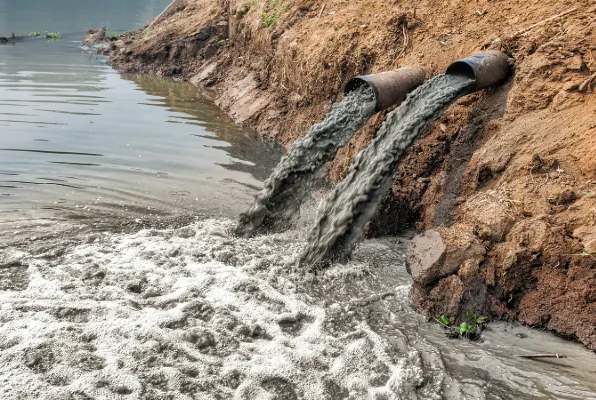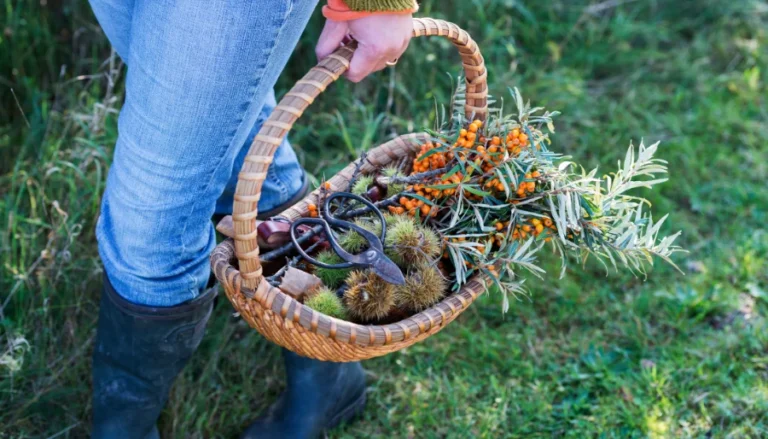The U.S. Environmental Protection Agency (EPA) is taking significant steps to address water pollution caused by meat and poultry processing plants.
On December 13, the EPA unveiled a proposal aimed at tightening regulations on slaughterhouses and animal rendering operations to minimize the release of harmful pollutants, such as nitrogen and phosphorus, into the environment through wastewater.
The EPA has identified meat and poultry processing as one of the leading contributors to industrial nutrient pollution in the United States. This pollution can lead to the growth of toxic algae blooms in lakes and streams, posing risks to aquatic ecosystems.
To combat this issue, the EPA’s proposed regulations include:
- Restrictions on Phosphorus: The agency intends to establish effluent restrictions on phosphorus for the first time, targeting the reduction of nutrient discharges.
- Wastewater Pre-Treatment: Some facilities may be required to implement wastewater pre-treatment measures to control the release of oil, grease, suspended solids, and biochemical oxygen demand (BOD).
- Controls on High-Salinity Waste and E.coli: The proposed rules also encompass new controls addressing high-salinity waste and E.coli bacteria discharges.

These regulations are expected to apply to approximately 5,000 facilities across the country involved in livestock and poultry slaughter, rendering operations, and the production of meat products like steaks, ham, sausage, and pet food.
Larger facilities typically discharge their wastewater directly into water bodies through permits, while smaller operations send wastewater to municipal treatment plants.
In Michigan alone, there are around 13 major meat processing facilities, according to data from the U.S. Department of Agriculture. The EPA estimates that these new rules could collectively reduce water pollution by a substantial 100 million pounds annually.
More To Discover
- New York Takes Legal Action Against JBS for Misleading Climate Claims
- Republican Senate Candidate’s Family Egg Business Found Liable in Price-Fixing Conspiracy
- The Southern Hemisphere Is Drying Out, Scientists Confirm, And That’s A Big Problem For Us All
- Panasonic’s Innovative Semi-Transparent Perovskite Solar Panels Look Like Windows or Walls
This move by the EPA comes in response to pressure from environmental organizations, which had criticized the agency for not revising slaughterhouse pollution regulations since 2004.
To facilitate public engagement and input, the EPA has scheduled a public hearing on the proposed regulations for January 24.
By implementing these measures, the EPA aims to make a significant impact on reducing water pollution from meat and poultry processing, safeguarding the health of aquatic ecosystems, and addressing a long-standing environmental concern.




















